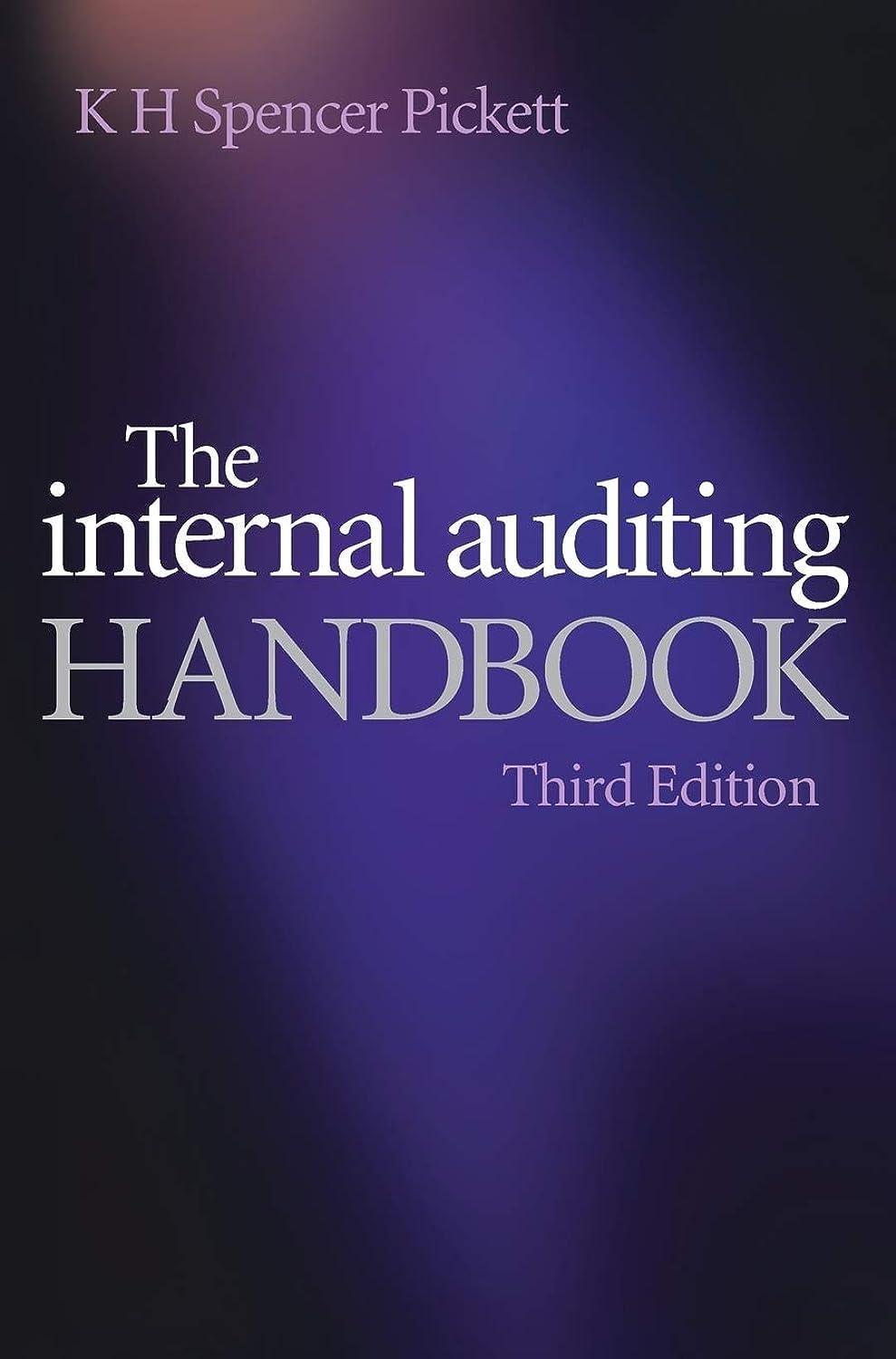Which five statements are least appropriate? Practical considerations when conducting the presentation are: a. Anticipate questions and
Question:
Which five statements are least appropriate?
Practical considerations when conducting the presentation are:
a. Anticipate questions and ensure full answers are provided. Some auditors see questions as flash points where possible confrontation may arise.
b. Ensure that eye contact is avoided with the audience. It is more effective to include all in the room by looking at each person from time to time.
c. Move around in a controlled fashion and use the various facilities properly. The slide show may be used to focus the presentation.
d. Speak clearly and do not repeat what has been set out on a slide. This not only retains control but avoid irritating those who may feel the slides are boring.
e. Negotiate and do not assume a fixed position where reasonable points are raised.
The auditor should not engage in heated discussion but must rise above the emotions present.
f. Ensure that working papers are available for detailed queries although we may defer the response if further research is required. Give overview answers but defer more detailed ones.
g. Relax and watch out for nervous gestures which distract. Playing with keys or a watch creates an annoying distraction and this can become obsessive behaviour if left unchecked.
h. Control the audience but do not attempt to move them along when a point has been dealt with. Most people recognize when one person is overreacting or making too many enquiries but they tend to object if the auditor tries to move them along.
i. Audit presentations are about bringing to management’s attention the problem, its cause, the effect and required changes. This can be done quickly and effectively where the facts are explained and brought to life.
j. Managers are entitled to assume risks where no action is taken although the implications should be carefully set out. As long as they understand the significance of audit recommendations then management takes full responsibility for them.
k. Professional presentations lift the audit image and get management on audit’s side. The auditor looks impressive even if the presentation is not well planned.
l. We may use the opportunity to educate management in both the role of internal audit and the importance of effective risk management and internal control. The questions and answers part of the presentation can be used to sell the audit product and pass over ideas to management such as self-audit.
m. We may place alternatives in front of the management and the resulting feedback may make evaluation and the final decision easier. Negotiation skills come to the fore although it is not wise to simply throw away major audit findings as might occur if this is taken to the extreme.
n. Questions should not be encouraged since a noisy audience may indicate that the presentation has not been a success. If questions are left unanswered or unasked then management and audit may deal with them later on.
o. Generally the burden of proof falls on internal audit since management will not take action or redirect resources unless for good reason. It is part of the audit role to persuade them by constructive reasoning.
Step by Step Answer:






